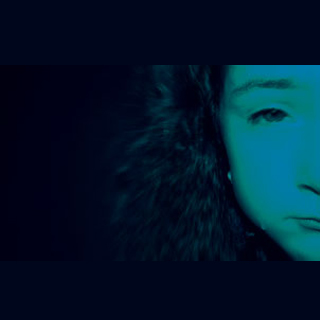
Experts evaluated nearly 67 girls who were in the age-group 7 to 12 years after they appear to have stated sexual abuse. During interviews, at a specialized clinic of the Sainte-Justine University Hospital Research Center, sexual abuse seems to have been ranked based on three criteria.
These three criteria were very severe sexual abuse where in oral, vaginal, anal penetration or attempted penetration was noted. Severe sexual abuse involved unclothed touching and less severe sexual abuse lead to touching while clothed or exhibitionism.
“We found that 46.3 percent of the girls evaluated following sexual abuse suffered from post-traumatic stress disorder. High parental support, especially maternal support, served as a protective factor against post-traumatic stress disorder in the majority of sexual abuse survivors,†says lead author Martine Hebert, a professor in the Department of Sexology at the Université du Québec à Montréal.
As part of the study, experts also interviewed mothers in order to evaluate four elements of psychological distress namely, anxiety, depression, irritability and cognitive problems. Furthermore, they were asked about the intensity of support the parents offered to their daughters after sexual abuse was revealed. Also, how often these children witnessed parental conflicts was also questioned.
“Those children who witnessed physical violence among their parents displayed higher post-traumatic stress disorder,†says Claire Allard-Dansereau, a pediatrics professor at the Université de Montréal Faculty of Medicine and Sainte-Justine University Hospital Research Center.
The findings of the study revealed that approximately one-quarter of the girls seem to have been sexually abused on a single episode, whereas almost half had experienced chronic sexual abuse which lasted for more than six months. Also, nearly two-thirds of the abusive acts appear to have been considered to be severe.
It was estimated that in 50 percent of cases, the perpetrator came from the immediate family while in one-fifth of cases he came from the extended family. Some 53.7 percent sexually abused girls were noted to come from single-parent families.
Only a minority of perpetrators in extra-familial cases were unknown to the victim. Some 98.5 percent of perpetrators were male. Also, two-thirds of perpetrators were believed to have been between 20 and 59 years of age and one-fourth were below 19 years of age.
Anne-Claude Bernard-Bonnin, a pediatrics professor at the Université de Montréal Faculty of Medicine and Sainte-Justine University Hospital Research Center stated that, “Acknowledging how a child copes, as well as a parent’s psychological distress or adjustment to disclosure of sexual abuse, will help therapists focus their interventions on the child and ultimately help the family.â€
Furthermore, nearly 50 percent of the mothers seem to have been sexually abused during their own childhood. One fourth of mothers could perhaps have reported physical violence from their spouse.
Experts claimed that post-traumatic stress disorder from sexual abuse could perhaps be mitigated.
The findings of the study have been published in the journal, Paediatrics and Child Health.
